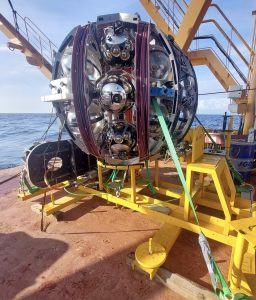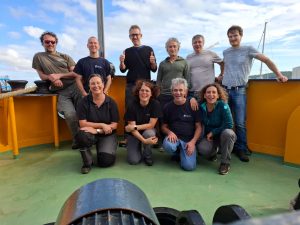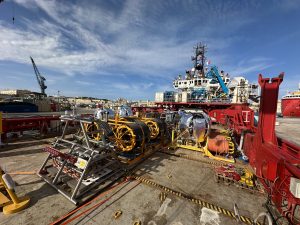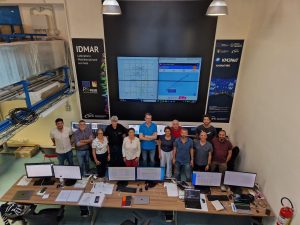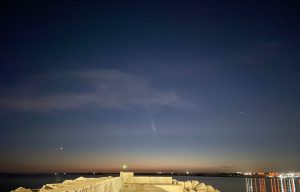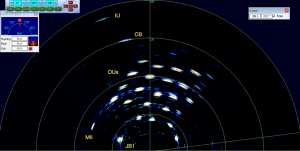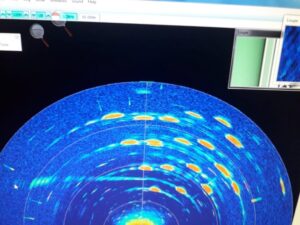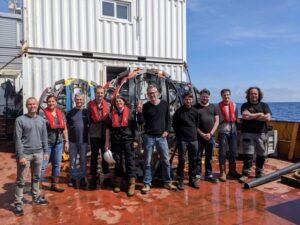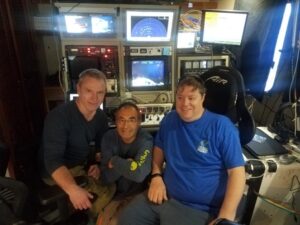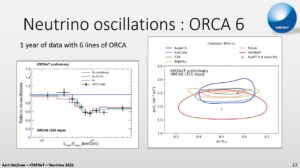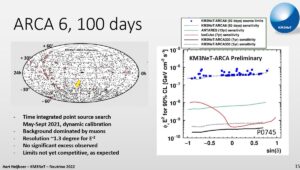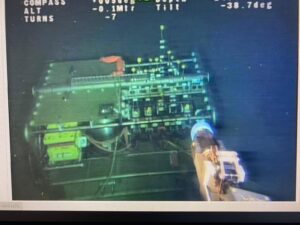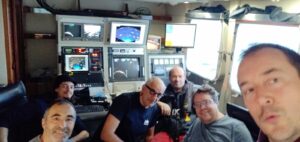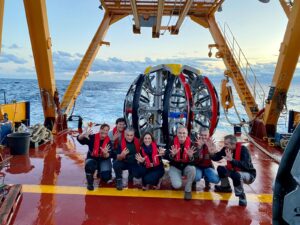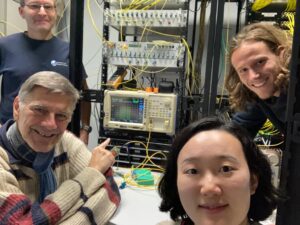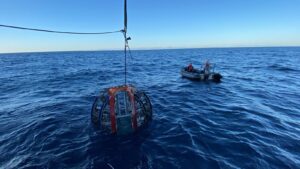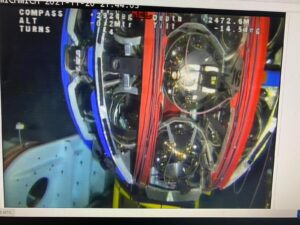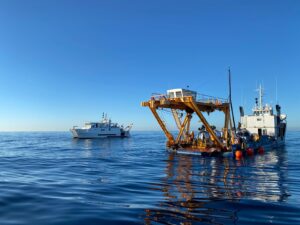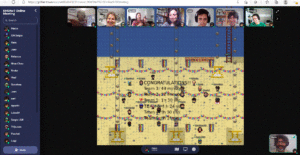Tau neutrinos and neutrino mixing with ORCA6
6 February 2025 – We present a new paper with the title ‘A study of tau neutrinos and non-unitary neutrino mixing with the first six detection units of KM3NeT/ORCA‘.
Oscillations of atmospheric muon and electron neutrinos produce low-energy tau neutrinos, which can be observed by the ORCA detector of the KM3NeT neutrino telescope. For a first measurement we used the ORCA6 configuration, an early subarray corresponding to about 5% of the final detector. For the study we selected a sample of 5,828 neutrino candidates.
The measured ντ normalisation, defined as the ratio between the number of observed and expected tau neutrino events, is
This translates into a ντ charged-current cross section of
at a median ντ energy of 20.3 GeV. The result is consistent with the measurements of other experiments. In addition, we could improve the current limit on the non-unitarity parameter affecting the τ-row of the neutrino mixing matrix with α33 > 0.95 at 95% confidence level.
The paper is submitted to the Journal of High Energy Physics.
A preprint is available at arXiv 2502.01443
In the figures a comparison of our results with those from other experiments.


